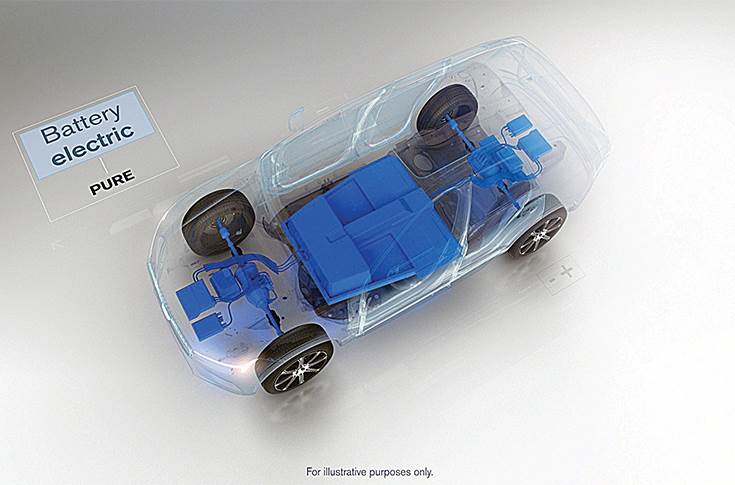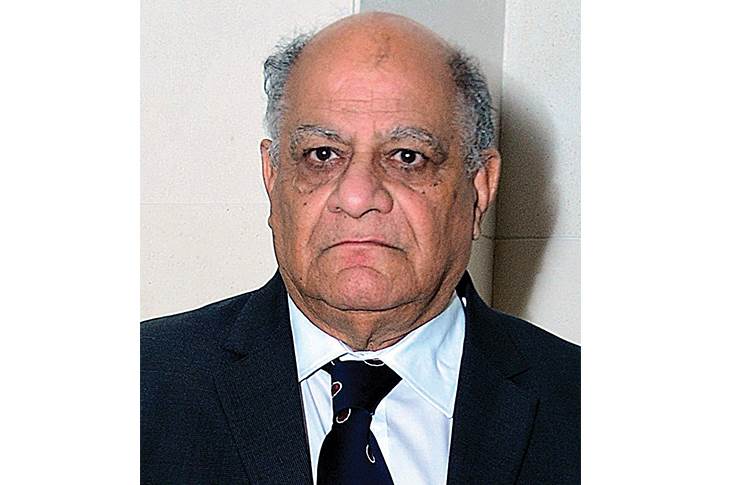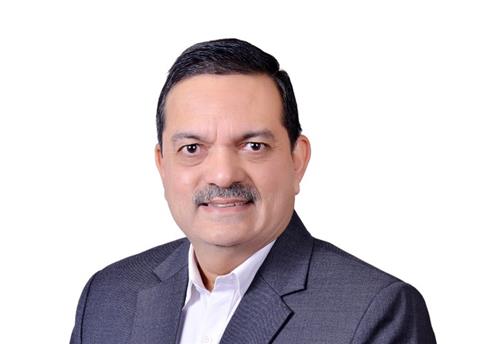How India can drive towards an emission-free future
The initiatives and the strategies to be adopted for India to meet the zero-emission targets, improve traffic management and also higher fuel efficiency targets.
The world needs major policy interventions to drive towards an emission-free economy and achieve the climate goal targets of 2030 and 2050. The transport sector needs to play an important role and would require country- and regional-specific action plans. This would require aggressive progression of vehicular emission regulations moving towards zero emission targets for tailpipe and also well-to-wheel to enable the world to reduce the overall GHG (greenhouse gas) emissions and leave a liveable world for the future generations.
The measures required over the next decade need to include a number of initiatives as no single solution can help meet the targets for an emission-free ecosystem. Actions are required on traffic management and also higher fuel efficiency targets both at production, energy transmission/storage and vehicle level and material recycling.
India, one of the fastest growing economies in the world with rapidly growing energy demand coupled with increasing income levels, would see the largest growth in transport sector.
The Indian automobile industry has been seeing near-double-digit growth and has already become the world’s fourth largest automobile market. The country is already the world’s largest two-wheeler market, which constitutes about 81 percent of the vehicle parc, with passenger cars at about 13 percent and commercial vehicles and three-wheelers constituting about 6 percent. Two-wheelers consume about 65 percent of the total petrol fuel with the remaining being consumed by passenger cars.
The transport sector contributes to about 20 percent of the pollution load in Delhi. As per the Source Apportionment study carried out by IIT Kanpur, of this, passenger cars contribute to about only 2 percent. This is under the focus of the policymakers and subject to many directions by the National Green Tribunal, various High Courts and the Hon’ble Supreme Court.

Pure EVs rely on being powered solely by onboard batteries.
The transport sector contributed about 138 TMT of CO2 in 2007-08 (as per the report on low carbon strategies for inclusive growth). This is expected to rise to about 346 TMT by 2022, which means this is a business as usual scenario, pegging the contribution from the transport sector at around seven percent.
India needs to urgently put in place strategies for its energy security, as it imports nearly 82 percent of oil for meeting mobility demands, and for moving towards zero emissions. India is expected to double its consumption of petroleum by 2030, thus becoming the third largest consumer in the world due to expanding vehicle ownership as a result of economic growth and rising aspirations of the masses.
BS VI: A bold move
India’s policymakers have taken various steps to address these twin challenges of energy security and increasing pollution in our cities. India took a bold step to skip BS V and leapfrog to BS VI emission norms from April 2020. Real Driving Emissions (RDE) are to be mandated from April 2023. The Ministry of Road Transport is also discussing the implementation of the WLTP test cycle, which is more realistic than the Modified Indian Driving cycle (MIDC). This was developed under the UN WP 29 as a Global Technical Regulation (GTR) with inputs from India. WLTP has been adopted in Europe and India should move to this test cycle latest by 2023. The RDE boundary conditions to be developed on BS VI vehicles should be with WLTP.
The draft National Auto Policy for the next stage of emission norms is proposed from 2028, eight years after the introduction of BS VI. India needs to keep the gap between the two successive norms at five years, which is in line with the introduction of BS-II to BS III and BS III to BS IV, which were introduced in metro cities in 2000, 2005 and 2010 respectively.

In view of the increasing pollution levels in our cities, it is important that we move to near zero-emission vehicles by tweaking Europe’s Euro 7 norms for Indian driving and climatic conditions as Indian priorities vary from the developed world.

Recent advances in battery technology means that the new generation of electric cars are getting higher range.
Furthermore, as hydrocarbon fuels with the associated greenhouse gas emissions are adversely affecting the environment, the government has been promoting production and usage of ethanol through second-generation biofuels derived from sugar molasses, biomass and agricultural waste for blending with petrol and biodiesel for blending with diesel fuel. Blending of 10 percent ethanol petrol is permitted, depending upon the availability. Recently methanol produced from coal, as a blend with petrol, is also being considered and some studies are underway.
Use of CNG as a pollution reducer
India also has the largest bus fleet running on CNG in the world. In Delhi, all commercial vehicles are mandated to run on CNG; this has helped reduce the particulate matter (PM) emissions, which is one of the pollutants considered to be carcinogenic and emitted by diesel vehicles. India accounts for 11.5 percent of the total world NGV (Natural Gas Vehicles) population and is at the third position behind China and Iran, which account for 23.2 and 17.2 percent respectively. India has an ambitious plan for expanding the footprint of CNG availability during the third phase of bidding by PNGRB. This would increase the penetration of NGVs in the country significantly.
Onboard energy storage with respect to volume is an important criterion for customer acceptance, as regards the range while making a purchase decision. The table above shows that gaseous fuels give the lowest energy per volume and therefore to address the range, the same has to be stored at high pressures in heavy cylinders.
K K Gandhi, Principal Adviser at Society of Indian Automobile Manufacturers (SIAM)
In view of range anxiety, CNG has not found favour with the goods transportation industry as the weight of the cylinders reduces the payload carrying capacity. LNG can be a possible alternative for on-board storage in goods vehicles as higher energy can be stored without a weight penalty and still offer the advantage of natural gas. China is at the forefront with the largest LNG fleet in the world. India has also started looking at the possibility and proposes to create LNG / CNG corridors.
The EV movement in India comes with its own set of challenges
The Indian government is focusing on electric vehicles (EVs) and renewable energy. While the government has come up with an ambitious roadmap for 100 percent public transport and 40 percent private vehicles by 2030, the Indian auto industry aims to achieve 100 percent EVs on the 100th anniversary of India’s independence in 2047. However, EVs have their own set
of challenges in India:
- Lack of EV charging infrastructure/stations.
- Limited range (range anxiety) of electric vehicles.
- Use of ‘dirty fuels’ to generate electricity at power plants.
- Electric vehicles still very expensive and not affordable.
The well-to-wheel percentage reduction in emissions by BEVs (battery EVs) would depend on the source of electricity generation. BEVs can be a path towards an emission-free world, provided the source of electricity generation is based upon renewables like solar, wind or nuclear energy.
In the near term, the Indian roadmap should be to focus on renewable biofuels, CNG, LNG and hybrid vehicles, and finally to BEVs and a hydrogen economy.
The author is an auto and fuel expert, e-mobility, strategic planning and convener, Centre for Auto Policy and Research.
(This article was first published in the 1 November 2018 issue of Autocar Professional)

RELATED ARTICLES
'ADAS' crux lies in its proactive approach to safety enhancement': TaMo's Mohan Savarkar
Savarkar writes about the role of Active Safety Technology and ADAS in Compact Cars in augmenting inclusive vehicle safe...
Maintenance 101 for your electric two-wheeler, a cheat sheet for a breezy ownership experience
The experience of owning electric bikes is new, and remaining informed, aware and proactive will help in becoming better...
How technology can advance traffic enforcement for safer roads
By ensuring that only qualified drivers occupy the roads, authorities can substantially reduce the risk of accidents ste...





 13 Nov 2018
13 Nov 2018
 48069 Views
48069 Views






 Autocar Pro News Desk
Autocar Pro News Desk




